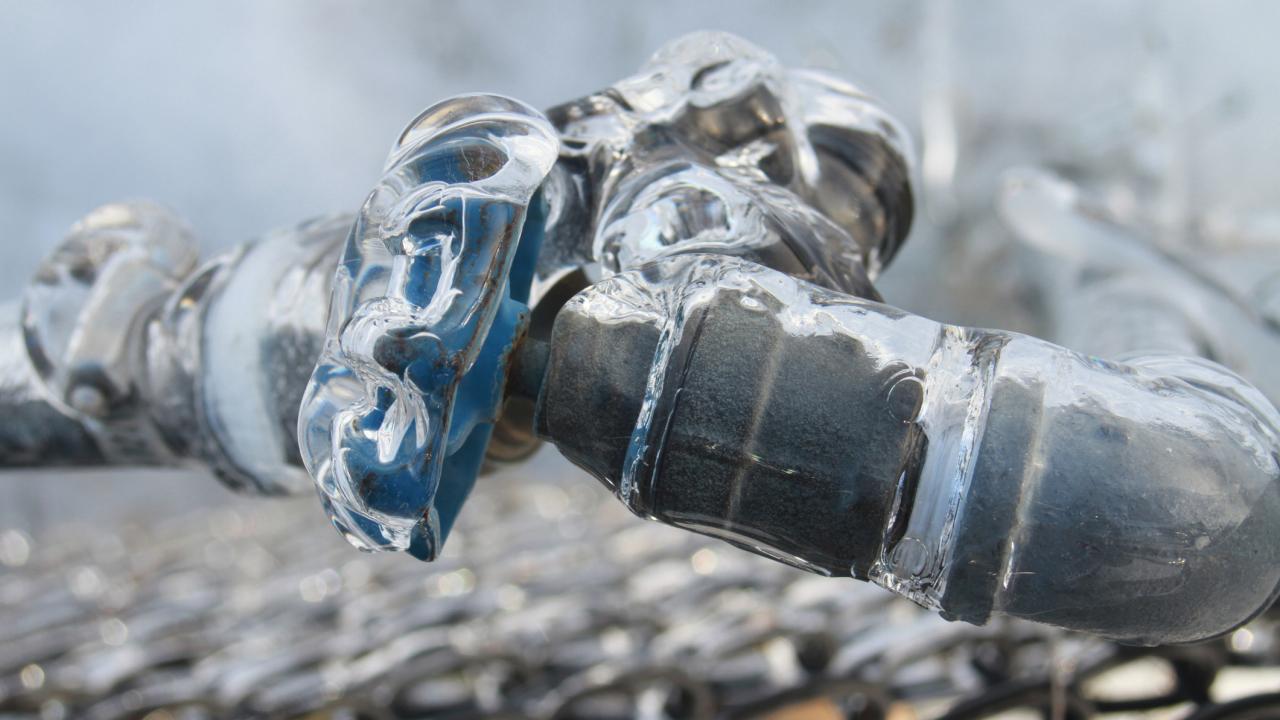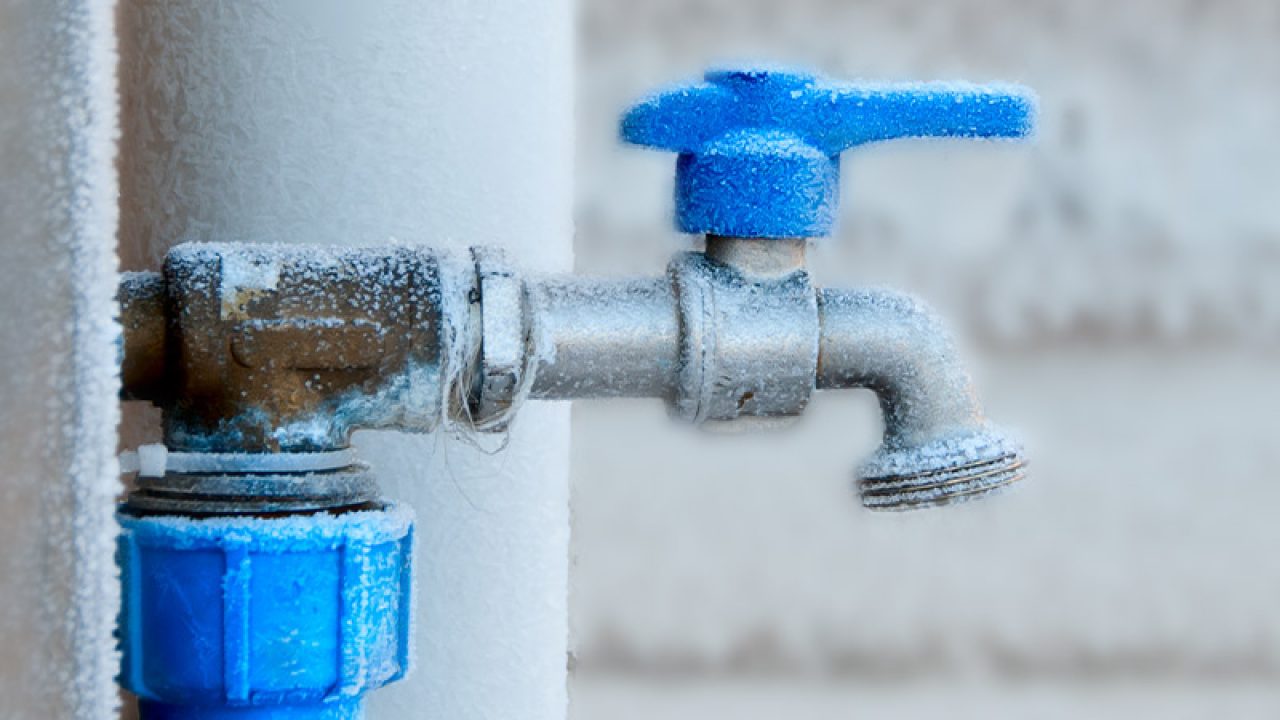How do you feel about How to Prevent Your Pipes From Freezing?

Cold weather can damage your pipes, especially by freezing pipes. Below's how to stop it from occurring and what to do if it does.
Intro
As temperatures decrease, the risk of frozen pipes boosts, possibly leading to costly repair services and water damages. Comprehending just how to avoid frozen pipelines is critical for home owners in cool environments.
Prevention Tips
Protecting susceptible pipelines
Wrap pipelines in insulation sleeves or use warmth tape to safeguard them from freezing temperature levels. Focus on pipes in unheated or external locations of the home.
Home heating methods
Maintain indoor spaces sufficiently warmed, especially locations with pipes. Open up cabinet doors to allow cozy air to flow around pipes under sinks.
How to determine icy pipes
Search for reduced water circulation from taps, uncommon odors or sounds from pipes, and visible frost on exposed pipes.
Long-Term Solutions
Architectural adjustments
Take into consideration rerouting pipelines far from exterior walls or unheated locations. Add extra insulation to attics, cellars, and crawl spaces.
Upgrading insulation
Invest in high-quality insulation for pipelines, attics, and wall surfaces. Proper insulation aids keep regular temperature levels and minimizes the danger of frozen pipelines.
Securing Outside Pipes
Yard tubes and outdoor taps
Separate and drain pipes garden hoses before winter. Install frost-proof faucets or cover exterior taps with protected caps.
Comprehending Icy Pipes
What creates pipelines to freeze?
Pipes ice up when revealed to temperatures below 32 ° F (0 ° C) for expanded periods. As water inside the pipelines ices up, it increases, putting pressure on the pipeline wall surfaces and possibly creating them to break.
Threats and damages
Frozen pipes can bring about supply of water disturbances, home damage, and costly fixings. Ruptured pipelines can flooding homes and cause comprehensive structural damages.
Indicators of Frozen Pipes
Recognizing icy pipes early can prevent them from breaking.
What to Do If Your Pipelines Freeze
Immediate actions to take
If you suspect icy pipelines, maintain faucets open up to soothe pressure as the ice melts. Use a hairdryer or towels soaked in hot water to thaw pipes gradually.
Conclusion
Avoiding frozen pipes calls for positive actions and quick feedbacks. By comprehending the causes, signs, and safety nets, property owners can safeguard their plumbing throughout winter.
5 Ways to Prevent Frozen Pipes
Drain Outdoor Faucets and Disconnect Hoses
First, close the shut-off valve that controls the flow of water in the pipe to your outdoor faucet. Then, head outside to disconnect and drain your hose and open the outdoor faucet to allow the water to completely drain out of the line. Turn off the faucet when done. Finally, head back to the shut-off valve and drain the remaining water inside the pipe into a bucket or container. Additionally, if you have a home irrigation system, you should consider hiring an expert to clear the system of water each year.
Insulate Pipes
One of the best and most cost-effective methods for preventing frozen water pipes is to wrap your pipes with insulation. This is especially important for areas in your home that aren’t exposed to heat, such as an attic. We suggest using foam sleeves, which can typically be found at your local hardware store.
Keep Heat Running at 65
Your pipes are located inside your walls, and the temperature there is much colder than the rest of the house. To prevent your pipes from freezing, The Insurance Information Institute suggests that you keep your home heated to at least 65 degrees, even when traveling. You may want to invest in smart devices that can keep an eye on the temperature in your home while you’re away.
Leave Water Dripping
Moving water — even a small trickle — can prevent ice from forming inside your pipes. When freezing temps are imminent, start a drip of water from all faucets that serve exposed pipes. Leaving a few faucets running will also help relieve pressure inside the pipes and help prevent a rupture if the water inside freezes.
Open Cupboard Doors
Warm your kitchen and bathroom pipes by opening cupboards and vanities. You should also leave your interior doors ajar to help warm air circulate evenly throughout your home.

I'm certainly very serious about How to Prevent Your Pipes From Freezing and I really hope you enjoyed the entire article. For those who enjoyed reading our article plz remember to pass it around. We recognize the value of your readership.
Set An Appointment